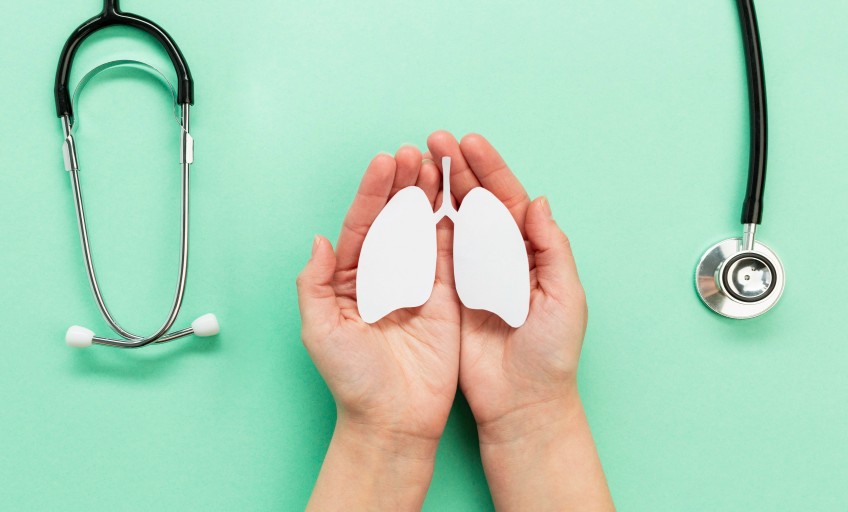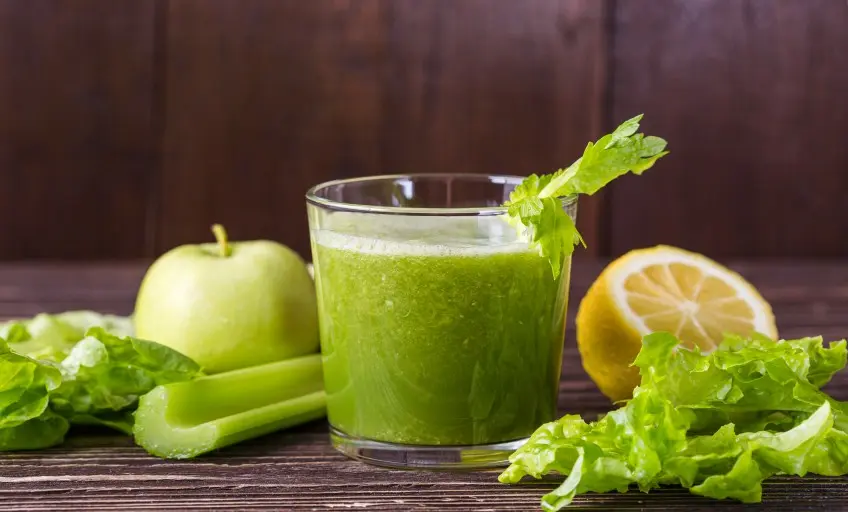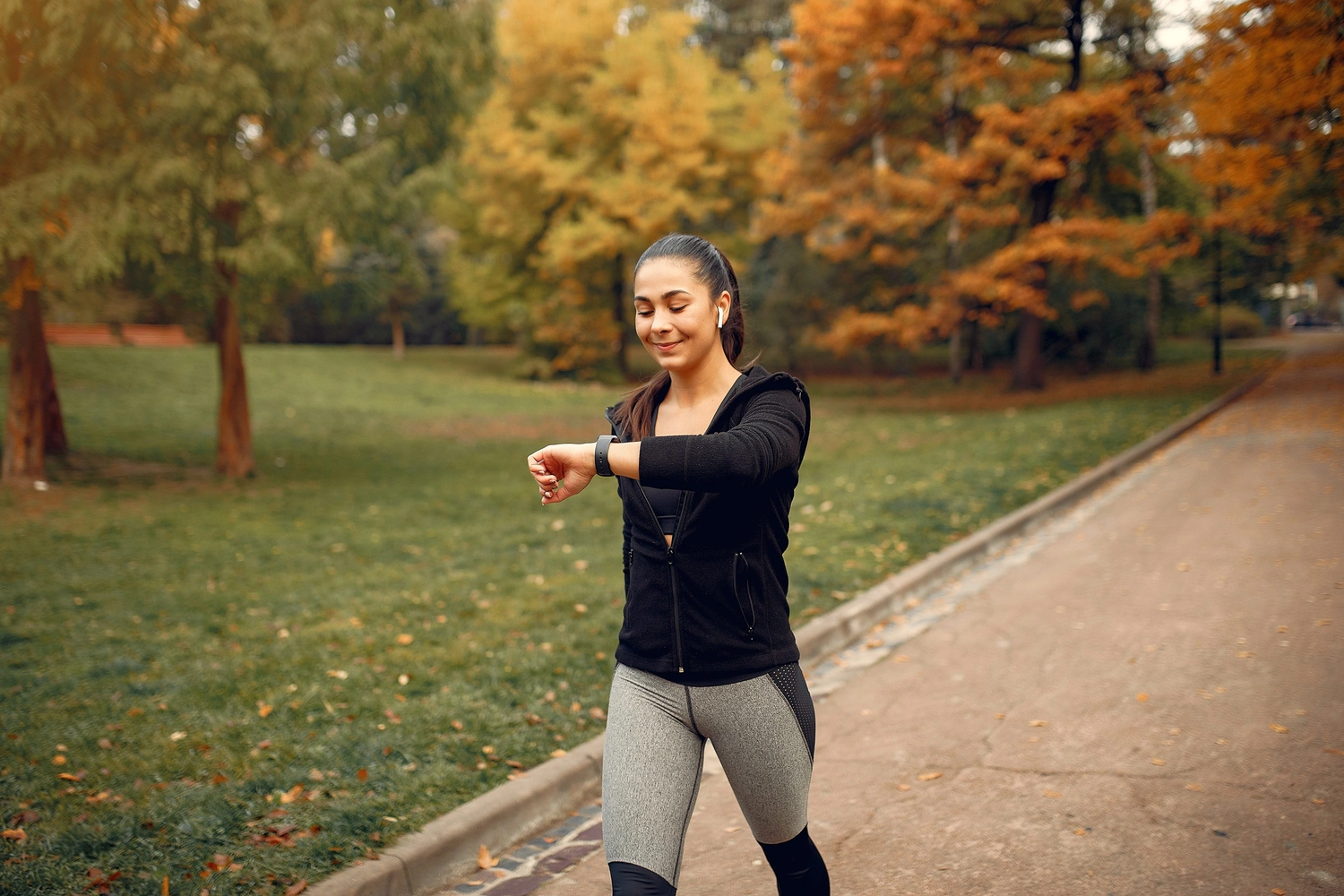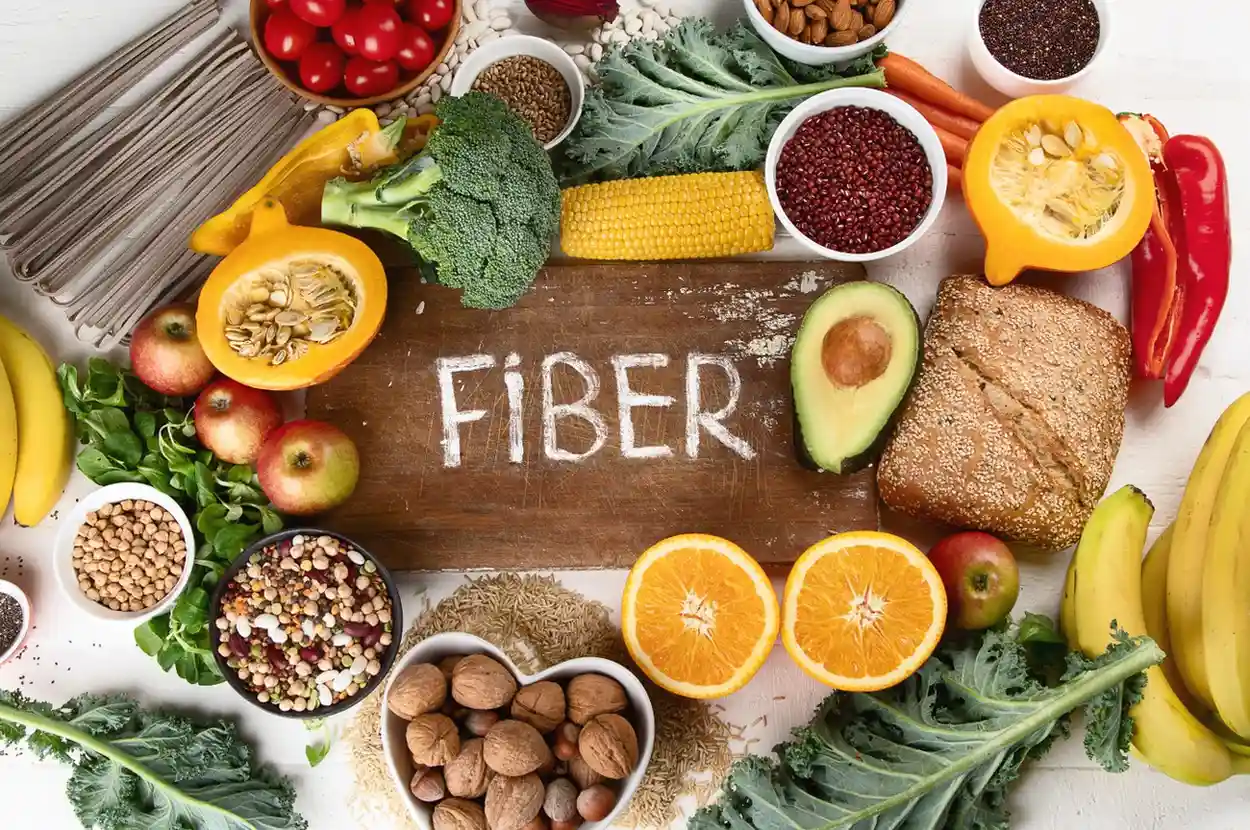Battling jaundice? Your liver is waving a yellow flag — and it is time to fuel your recovery with the right foods. Whether fresh out of the hospital or just starting to heal, what you eat can make or break your bounce-back.
Jaundice and its impact on the liver
When you are diagnosed with jaundice, your skin and the whites of your eyes turn yellow, caused due to the presence of a yellow substance, called bilirubin, accumulating in your blood. Bilirubin is made when old red blood cells break down, and the liver removes it. But if the liver is not working well, due to infections like hepatitis, too much alcohol, or blocked bile ducts, it cannot get rid of bilirubin properly. So, it builds up in the body. Jaundice shows that your liver is stressed and needs rest, good food, and proper care to recover.
Importance of a balanced diet
Diet is crucial in the recovery and prevention of jaundice. During digestion, the liver produces bile, a digestive fluid, which helps the intestines break down fats. The liver is also responsible for processing most nutrients, toxins, and medications a person consumes. All foods and drinks place demands on the liver. However, some nutrients and chemicals in some foods are easier to metabolize than others. Toxins, such as alcohol and certain medications, may also damage liver cells during metabolism. A balanced diet that includes foods from all groups and focuses on those containing fiber is especially beneficial.
Foods for jaundice
Nourish your liver back to health with these gentle, healing foods to eat in jaundice for a proper recovery:
Hydrating fluids

Keeping hydrated is one of the best ways to help the liver recover from jaundice. Water not only eases digestion but also assists the liver and kidneys in flushing out toxins. Consume water and nutrient-rich drinks with no added sugars, such as milk. Aim to drink 6–8 glasses daily. If you find the taste bland, add a teaspoon of fresh lemon, lime, or grapefruit juice for an extra dose of antioxidants.
Fresh fruits and vegetables
Fresh fruits and vegetables have powerful antioxidants and fiber to help limit liver damage during metabolism and ease digestion. Eat plenty of brightly-colored fruits and vegetables, such as:
- Whole cranberries, blueberries, and grapes
- Citrus fruits, especially lemons, limes, and grapefruits
- Papayas and melons
- Avocados and olives
- Tomatoes
- Carrots, beets, and turnips
- Cruciferous vegetables, such as broccoli, cauliflower, and baby cabbage
- Ginger and garlic
- Spinach and collard greens
Lean proteins
Tofu, fish, and legumes are examples of lean proteins that do not stress the liver. Oily fish varieties, such as salmon and mackerel, are among the best foods because they contain zinc and omega-3, which aid in better metabolism.
Whole grains and fiber-rich foods
Whole grain foods are an essential source of dietary fiber and phenolic acids, which are natural antioxidants in plants. Whole grains include:
- Wheat
- Quinoa
- Rye
- Brown rice
- Oats
Eating fiber helps your liver work properly. Fiber — especially soluble fiber — helps move bile and bilirubin out of the liver. Food sources that are high in fiber include:
- Almonds
- Avocados
- Berries
- Broccoli
- Brown rice
- Carrots
- Chickpeas
- Kiwi
- Oatmeal
- Dried plums
- Seeds
- Walnuts
- Wheat bread, pasta, or tortillas
Foods to avoid
Support your liver’s healing by avoiding these foods that can hinder jaundice recovery.
High-fat and fried foods
Fried, oily, and fast foods have saturated and trans fats that are difficult to digest, especially those made with partially hydrogenated vegetable oils. These foods are also high in calories, so regular consumption may contribute to overweight or obesity, which can play a role in jaundice.
Sugary and processed foods
Limit the intake of sugary foods such as desserts, candies, and pastries while your liver heals. Additionally, soda, baked goods, white bread, and pasta are high in refined sugar. Excessive sugar consumption can contribute to several health conditions that disrupt liver function, including type 2 diabetes and obesity.
Alcohol and caffeinated beverages
Alcohol is toxic to most internal bodily tissues, including the liver. People with jaundice or other liver conditions should try to avoid alcohol altogether. Also, avoid caffeinated drinks like coffee, tea, and energy beverages during jaundice recovery. They can strain the liver and interfere with proper hydration, which is crucial for healing.
Sample jaundice diet chart
Here is a sample jaundice-friendly diet chart to help you plan meals that are light, nourishing, and easy on the liver.
Breakfast options

Kickstart your day with a refreshing smoothie made from bananas, apples, and a handful of spinach blended together. Alternatively, savor a warm bowl of oatmeal topped with slices of pear, which is gentle on the stomach and beneficial for your Hepatitis diet. You might also consider a traditional Indian breakfast of idlis with coconut chutney, as idlis are steamed and light, making them easy on the liver. In contrast, coconut offers benefits thanks to its antimicrobial properties.
Lunch suggestions
You can enjoy a grilled chicken salad tossed with carrots and leafy greens, lightly dressed with olive oil and lemon juice, which aids digestion and supports liver health. Another great option is a hearty bowl of lentil soup paired with nutritious brown rice. Lentils are a fantastic source of protein that is easy to digest. Alternatively, khichdi made from green moong dal is highly recommended for easy digestion and liver benefits.
Dinner ideas
You can enjoy grilled fish accompanied by steamed broccoli, providing essential proteins and fiber without stressing the liver. For vegetarians, a quinoa and vegetable stir-fry offers a satisfying meal rich in nutrients that support liver health. You can also choose grilled paneer with sautéed vegetables, which provides a good mix of protein and essential vitamins without being too heavy.
Snacks and beverages
Fresh fruits like apples or pears are ideal because they are gentle on the liver and aid detoxification. A small portion of mixed nuts not only provides an energy boost but also delivers healthy fats that support liver function. Roasted Makhana (fox nuts) with a sprinkle of turmeric and salt can also be a delicious, liver-friendly food choice due to its antioxidant properties and high fiber content. You can also add beverages besides plenty of water, such as coconut water, lemon water, sugarcane juice, and papaya or pomegranate fruit juices.
Tips for recovery
Boost your recovery with these simple tips to support liver health and speed up healing after jaundice.
Regular meal timings
Eating at consistent times each day helps ease the liver’s workload and supports better digestion. Instead of heavy meals, aim for small, balanced portions spaced evenly throughout the day. This keeps your energy steady and gives your liver the time to heal and function properly.
Portion control
Keeping your portion sizes in check is key during jaundice recovery. Overeating can put extra stress on the liver, making it harder to process nutrients and detoxify the body. Stick to light, manageable meals that are easy to digest and give your liver the break it needs to heal efficiently.
Doing some physical activity
Light physical activity, like walking or gentle stretching, can boost circulation and support overall recovery. While intense workouts should be avoided during jaundice, staying mildly active helps maintain energy levels, improves mood, and supports the body’s natural healing process. Always listen to your body and rest when needed.
Monitoring symptoms and progress
Keep track of how you feel each day — note any changes in appetite, energy levels, skin color, or digestion. Regular monitoring helps you understand what is working and when it might be time to consult your doctor. Staying aware of your progress ensures you are on the right path to recovery and can catch any setbacks early.
Recovering from jaundice takes time, care, and the right nutrition. By following a liver-friendly diet and healthy habits, you can speed up healing and get back to feeling your best.
Key Takeaways
- In jaundice, the skin and the whites of the eyes appear yellow due to an accumulation of bilirubin, a yellow pigment found in the blood.
- Choose easily digestible, nutrient-rich foods that promote liver detoxification and recovery from jaundice.
- Drink plenty of water and opt for non-caffeinated beverages to keep your liver functioning optimally.
Stay tuned to the Activ Living Community. Keep up to date with the latest health tips and trends through expert videos, podcasts, articles, and much more on nutrition, fitness, mindfulness, and lifestyle conditions like Asthma, Blood Pressure, Cholesterol, and Diabetes. Activ Living ke saath sahi sehat ki shuruat ABHI karo.
You may also be interested in the following blogs:
- 5 Liver Cleansing Foods For A Strong Liver
- 5 Delicious Breakfast Ideas To Kickstart Your 30/30/30 Diet Plan
Popular Searches
How to lower blood pressure | Fruits good for liver | Unhealthy foods | Ragi Benefits | Basal Metabolic Rate | Acupressure points for High Blood Pressure | Ayurvedic medicine for blood pressure | How to control cholesterol at home | Homeopathy for Asthma | Biological Age | Home remedies for TB | Natural beta blockers | Negative effects of internet | Types of walking | Blood pressure calculator | Blood sugar calculator | BMI Calculator





 1800-270-7000
1800-270-7000






